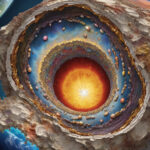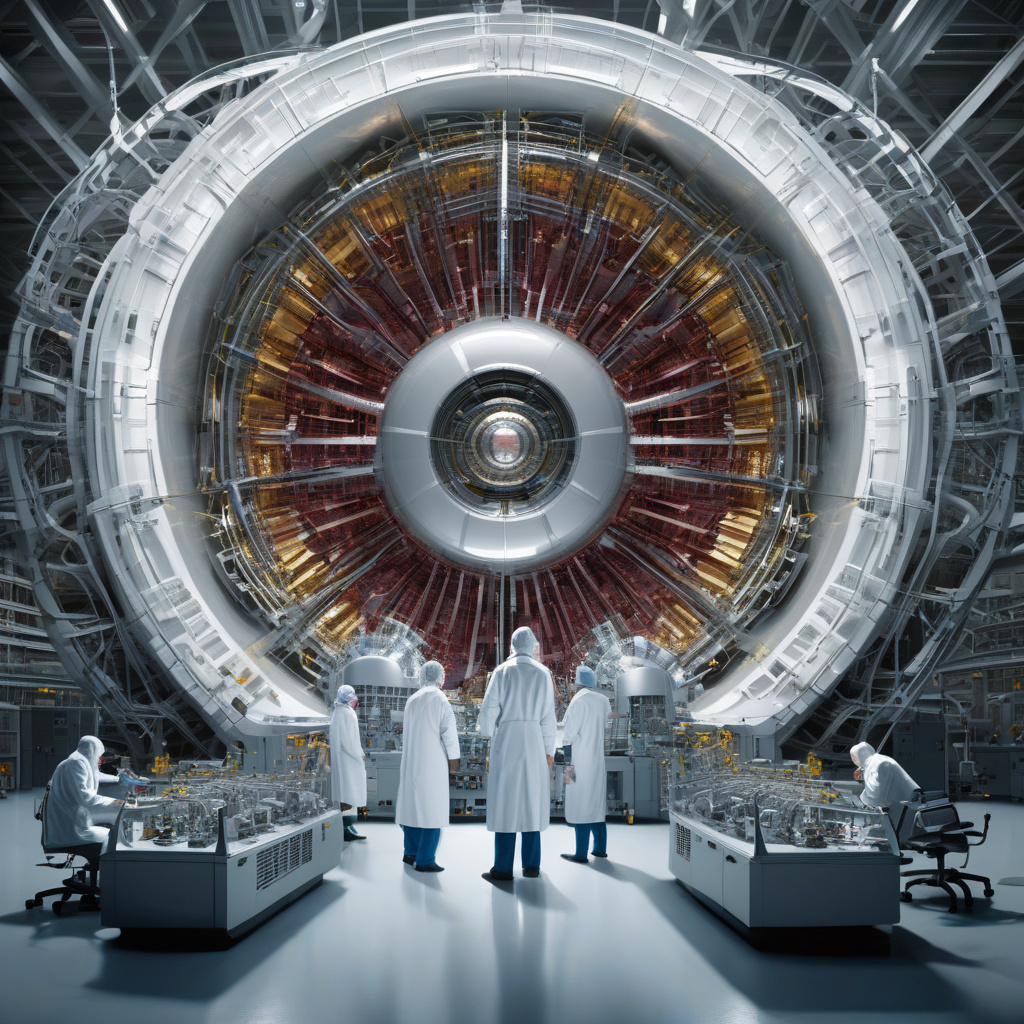World’s Largest Atom Smasher Collides Protons and Oxygen for the First Time in History
The world’s largest atom smasher has conducted its first-ever collisions between protons and oxygen ions, marking a significant milestone in the field of particle physics. The Large Hadron Collider (LHC) at CERN, located near Geneva, Switzerland, achieved this groundbreaking feat as part of its ongoing efforts to unravel the mysteries of the universe.
The LHC is the most powerful particle accelerator ever built, with a 27-kilometer ring of superconducting magnets and accelerating structures designed to propel particles to nearly the speed of light. It is operated by CERN, the European Organization for Nuclear Research, and is a testament to international collaboration in scientific research.
By colliding protons and heavy ions like oxygen, scientists can study the fundamental forces and particles that make up the universe. These high-energy collisions create conditions similar to those that existed in the early universe fractions of a second after the Big Bang, allowing researchers to explore the fundamental building blocks of matter.
One of the primary goals of colliding protons with heavy ions is to study quark-gluon plasma, a state of matter that is thought to have existed microseconds after the Big Bang. Quarks are the building blocks of protons and neutrons, held together by gluons, which are the carriers of the strong nuclear force. By recreating this primordial soup of quarks and gluons, scientists hope to gain a deeper understanding of the strong nuclear force and the evolution of the early universe.
The collisions between protons and oxygen ions at the LHC provide researchers with a wealth of data to analyze. By studying the particles produced in these high-energy collisions, scientists can test the predictions of the Standard Model of particle physics and search for new physics beyond our current understanding.
In addition to advancing our knowledge of the fundamental forces of nature, the research conducted at the LHC has practical applications as well. Technologies developed for particle accelerators have led to innovations in fields such as medicine, materials science, and computing, with benefits that extend far beyond the realm of theoretical physics.
The successful collisions between protons and oxygen ions at the LHC represent a triumph of human ingenuity and international cooperation. Scientists and engineers from around the world have come together to build and operate this remarkable machine, pushing the boundaries of our knowledge and expanding the frontiers of science.
As the LHC continues to make groundbreaking discoveries, the world looks forward to the new insights and technologies that will emerge from this pioneering research. With each collision of particles at near-light speeds, we come one step closer to unlocking the mysteries of the universe and understanding our place within it.
particle physics, Large Hadron Collider, CERN, proton collisions, quark-gluon plasma












